July 31, 2017
The national Safe to Sleep® Campaign published an excellent letter this month with a special focus on summer-related tips to help parents keep their babies safe while sleeping and traveling. For more safe sleep resources we invite you to visit the “Safe Sleep for Your Baby” page on the Parent Resource Center here.
Dear Safe to Sleep Community:
It’s summertime! Over the coming months, many families will be traveling to have fun, visit family, and just relax. As your safe sleep partners at home and on the go, we offer the following tips to help guide your conversations with parents and other trusted caregivers as they prepare for their vacations.

Review what a safe sleep environment looks like. This Safe to Sleep® webpageshows the firm, flat sleep area that is safest for infants, including a safety-approved* crib or bassinet covered by a fitted sheet with no other bedding or soft items in the sleep area. (*A crib, bassinet, portable crib, or play yard that follows the safety standards of the Consumer Product Safety Commission (CPSC) is recommended. For information on crib safety, contact the CPSC at 1-800-638-2772 or http://www.cpsc.gov.)
Arrange for a safe sleep space at hotels and at your final destination. The Consumer Product Safety Commission has a Safe to Sleep® Crib Information Center, which explains that federal crib standards apply to hotels and motels (PDF, 1.97 MB). The Commission also has information on non–full-size cribs, such as travel cribs, and notes that inflatable air mattresses can be a deadly danger.
Use a car seat that is appropriate for your infant’s age, weight, and height. The American Academy of Pediatrics Car Seats: Information for Families webpage provides information about car seats. All infants and toddlers should use a rear-facing car seat until they are 2 years old. The car seat should be placed in the back seat. When traveling by airplane, children who weigh less than 40 pounds should be fastened in a certified child restraint such as a car seat. Look for a label on the car seat that indicates it can be used on aircraft. Remember, though, that a car seat is not meant for routine sleep and should be used only during travel.
Educate other potential caregivers. While on vacation, other family members may want to place blankets, crib bumpers, or soft toys in the baby’s crib. Our Safe to Sleep® webpages include information for grandparents and other caregivers, including publications (PDF, 414 KB) and videos that offer useful tips for keeping babies safe during sleep. These are also available in Spanish.
NICHD News: A newly published study, funded in part by the Eunice Kennedy Shriver National Institute of Child Health and Human Development, found that the blood of infants who died from SIDS contained high levels of serotonin. The finding raises the possibility that a test could be developed to distinguish SIDS cases from other causes of sleep-related, unexpected infant death.
We appreciate all that you do to keep families and babies safe and healthy during the summer and year-round.
Sincerely,
Safe to Sleep® Campaign
Office of Communications
Eunice Kennedy Shriver National Institute of Child Health and Human Development
National Institutes of Health
U.S. Department of Health and Human Services
(Interested in learning more about SCAN’s Operation Safe Babies program? Click here. You can also explore safe sleep resources on our Parent Resource Center here.)
